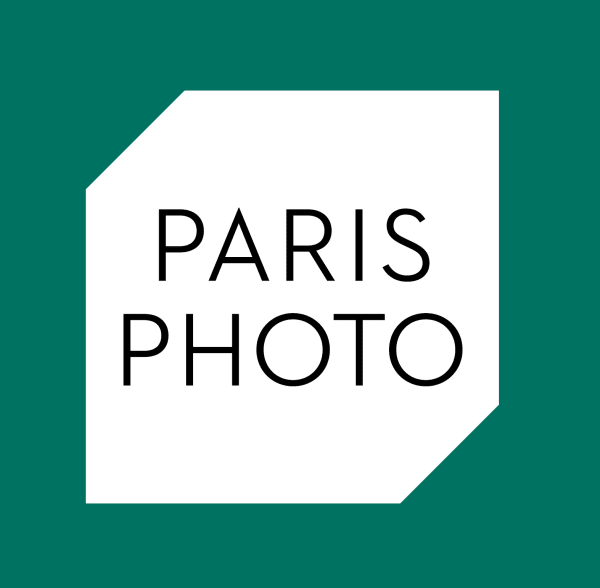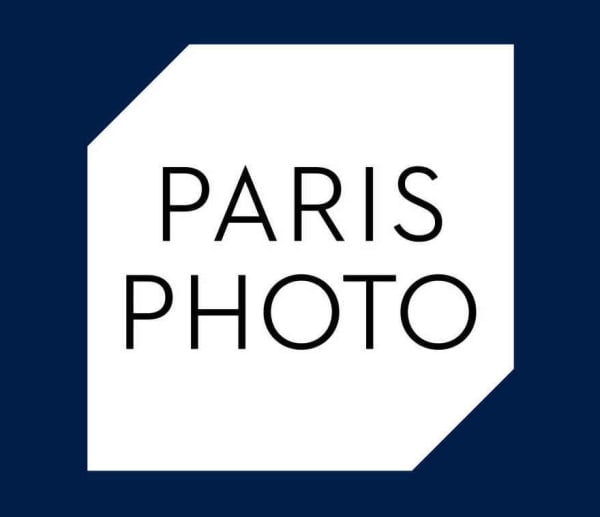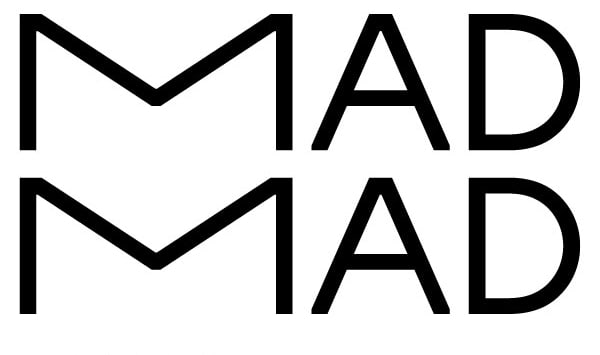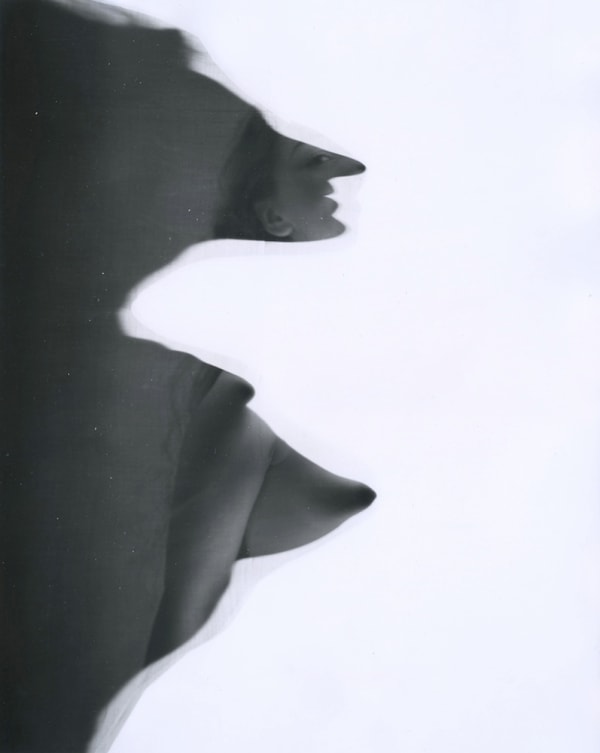Erwin Blumenfeld German, 1897-1969
1897
26 January: Erwin Blumenfeld is born in Berlin.
1907
Receives a camera as a gift.
1913
His father dies of syphilis. Blumenfeld leaves school and begins an apprenticeship at a women’s clothing store.
1915
Becomes, with his long-time friend Paul Citroen, a regular at the Café des Westens, a favorite hangout for artists, and becomes acquainted with artists associated with the gallery Der Sturm.
1917-18
Sent to the Western Front in France as an ambulance driver. His plan to desert to the Netherlands fails and he is sent back to the front, where he learns of the death of his younger brother Heinz. In December 1918, he manages to enter the Netherlands clandestinely.
1919-20
Sets up an art gallery in Amsterdam Paul Citroen, appointing themselves directors of the Hollandse Dadacentrale.
1921
Marries Lena Citroen. They would have three children together: Lisette (1922), Heinz (1925) and Frank Yorick (1932).
1923
Sets up the Fox Leather Company, selling leather handbags, in Amsterdam. He also uses the premises as an art studio.
1924-31
Travels to Berlin and Paris.
1932
Embarks on an intense period of photographic work. He displays his portraits of women in his shop window. First exhibition in Amsterdam.
1933-34
Completes his famous Hitler photomontage, which he referred to as the ‘face of horror’. Exhibitions in the Hague and Rotterdam.
1935
The Fox Leather Company goes out of business and Erwin opens a photographic studio. His work is featured at the ‘Exposition internationale de la photographie contemporaine’ at the Musée des Arts Décoratifs in Paris. Photographie. Arts et métiers graphiques becomes the first magazine to publish his photographs.
1936
Leaves for Paris. Exhibits at the Galerie Billiet and rents a studio in Montparnasse, where he photographs figures. He also receives his first advertising commissions.
1937
First cover for the magazine Votre Beauté.
1938
The photographer Cecil Beaton puts him in touch with French Vogue, which offers him a contract.
1939
Leaves for New York over the summer and returns with a contract with Harper’s Bazaar.
1940
The family is split up and interned in several camps in France. Blumenfeld manages to obtain a family visa for the USA.
1941-43
The family flees to New York. Blumenfeld is immediately commissioned to work for Harper’s Bazaar and his first colour cover is printed. His photographs are also published in Cosmopolitan, Life, Look, Pageant, and Vogue, among others.
1944
Signs a contract with Condé Nast. Shoots numerous covers for Vogue and other magazines in the Condé Nast stable until 1955.
1948
Participates in the exhibitions ‘In and Out of Focus. A Survey of Today’s Photography’ at MoMA, New York and ‘Seventeen American Photographers’ at the Los Angeles Museum. Numerous trips across North and Central America and Europe.
1955
His work with Vogue comes to an end. Begins work on his autobiography.
1958
Experiments with filming advertising material.
1960
First trip back to Berlin since the 1930s. Photographs the city with a Leica.
1961
Begins selecting photographs for a book project to be entitled My One Hundred Best Photos.
1969
Completes his illustrated autobiography. 4 July: dies of a heart attack in Rome.
1975
The first edition of his autobiography is published in French translation as Jadis et Daguerre.
1979
My One Hundred Best Photos is published in German and French.
-

AIPAD 2018
5 - 8 April 2018Les Douches la Galerie is proud to exhibit at the longest-running exhibition dedicated to the photographic medium, The Photography Show presented by AIPAD, April 5-8...Read more -

Paris Photo 2017
8 - 12 November 2017The photographs we have chosen for Paris Photo 2017 are firmly in line with the artistic stance we privilege at Les Douches la Galerie. The...Read more -

Paris Photo 2016
20e édition 9 - 13 November 2016Read more -

MAD #2
Multiple Art Days 29 September - 2 October 2016Read more
